Cavalier Mustang
For some time, I considered kit-bashing a Mustang to add a rear seat, tall tail, and tip tanks for the Fantasy Mustang I would like to have in 1:1 scale. My piggy bank was never fat enough for the 1:1 version, so I’d have to settle for something in 1:48. I never got around to it until I saw the Cavalier modification offered by Halberd for the Eduard P-51D kit. A perfect match. I wanted to pose the model with the engine running and in flight, so I needed to build it with the inner gear doors and flaps retracted. Unlike the Tamiya P-47s, there was no option to build the Eduard Mustang with the flaps up, so I had to do some plastic surgery to make that happen. I also got rid of the fuselage tank filler door, plugged up the shell ejector chutes and gun ports, and got rid of the bump on top of the canopy for the antenna wire. I added landing lights in the tip tanks in place of the resin cones provided. I used Alclad II on the prop and spinner, Tamiya paint on the rest, and the “N” numbers from the Draw Decals Cessna 172 sheet. I added some modern ADF, transponder, DME, ELT, and VHF nav-comm antennas, a rotating beacon on the belly, gave the cockpit a light grey finish, lush leather seat cushions, and Eduard belts and harnesses. The hardest part of the build (after the flaps) was deciding on a paint scheme. This one was my third try. I might have to do another one someday.
The Cavalier Mustang was a post WWII civilian modified version of the P-51D. In 1967 David Lindsay founded Trans Florida Aviation, Inc. with the intention to create a fast, high performance business aircraft for well-heeled executives. Military surplus P-51Ds were completely disassembled, had all the military gear removed, and rebuilt with a second seat with a plush interior, new avionics, luggage bays, and civilian paint schemes. The first few modified Mustangs were built in 1968, and by 1961 the Mustangs were re-named Cavalier Mustangs. Some had 96 US gallon tip tanks installed, and the Cavaliers became known as the Cavalier 750, 1200, 1500, 2000, and 2500 depending on the fuel tank configuration, the model number indicating the approximate range in statute miles.
Trans Florida (later known as Cavalier Aircraft Corporation) rebuilt a bunch of Mustangs under a US Government contract to supply ground attack and counter-insurgency aircraft known as the Cavalier II to Bolivia, El Salvador, Indonesia, and two to the US Army to be used as chase aircraft. One Army Cavalier is preserved and on display at the Air Force Armament Museum at Eglin AFB, Florida . A few were built as 2-seaters with dual controls.
Later development of the Cavalier II saw the installation of a Rolls-Royce Dart 510 turboprop and it was hoped that the US and foreign military customers would purchase it, but none did despite the radical improvement in performance. Lindsay sold the turbo mustang project to Piper Aircraft in 1971, seeking a company with mass production capability, The Turbo Mustang III was renamed the “Enforcer". Cavalier Aircraft Corp. was closed in 1971 so the founder/owner, David Lindsay, could help continue develop the Enforcer concept with Piper. Piper was able to lease a Lycoming T55-L-9 engine from the USAF (the engine Lindsay wanted initially) and flew the aircraft some 200+ hours.
In 1971, Piper built two Enforcers by heavily modifying two existing Mustang airframes, fitting them with the Lycoming turboprop engines along with numerous other significant modifications. One airframe was a single seat (called the PE-1 and FAA registered as N201PE), the other a dual-control aircraft (the PE-2 registered N202PE). Prior to the Pave COIN evaluation, N202PE was lost in a crash off the Florida coast on 12 July 1971 due to flutter caused by a Piper-modified elevator trim tab. Although the Enforcer performed well in the 1971–1972 Pave COIN test flown by USAF pilots, Piper failed to secure a USAF contract.
In 1984, with a $12 million appropriation from Congress, Piper built two new Enforcers, giving the new prototypes the designation PA-48. These aircraft were evaluated by the USAF, but flown only by Piper test pilots. Again, none were ordered by the military.
Of the four prototypes produced, two still exist. N482PE is on display at the Air Force Flight Test Museum at Edwards AFB, California and the other, N481PE is fully restored and on display at the Pima Air and Space Museum in Tucson, Arizona.
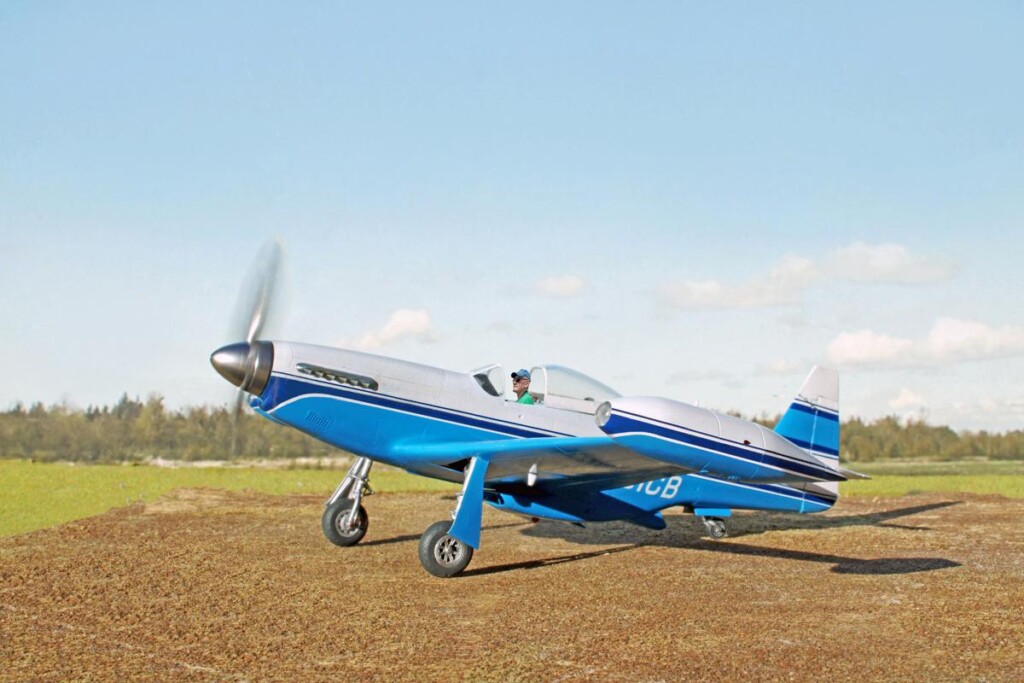








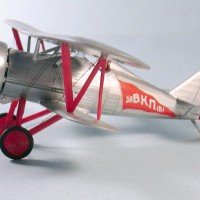
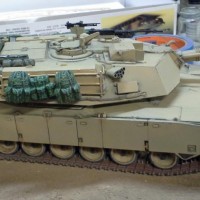
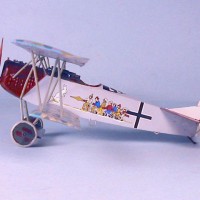
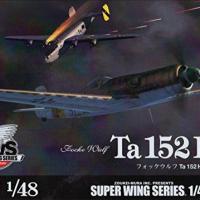
Beeee-yooooo-teeee-fuuullll! That is a superb paint scheme, Chas, and the rest of the work on this is right up there in quality to the paintwork. Great result!
What an amazing scheme, Chas @chasbunch
Hard to recognize as a Mustang in these colors and with wingtip fuel tanks.
A wonderful result, Chas!
Congratulations!
Amazing work!
Another beautiful Mustang conversion. He looks very good.
Gorgeous, Chas @ chasbunch.
That is a real looker! Excellent build, and pristine finish.
Great work, Chas & thanks for the descriptive write-up.